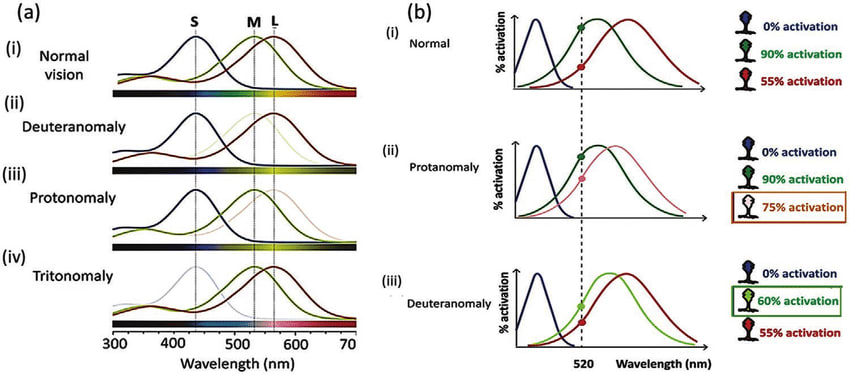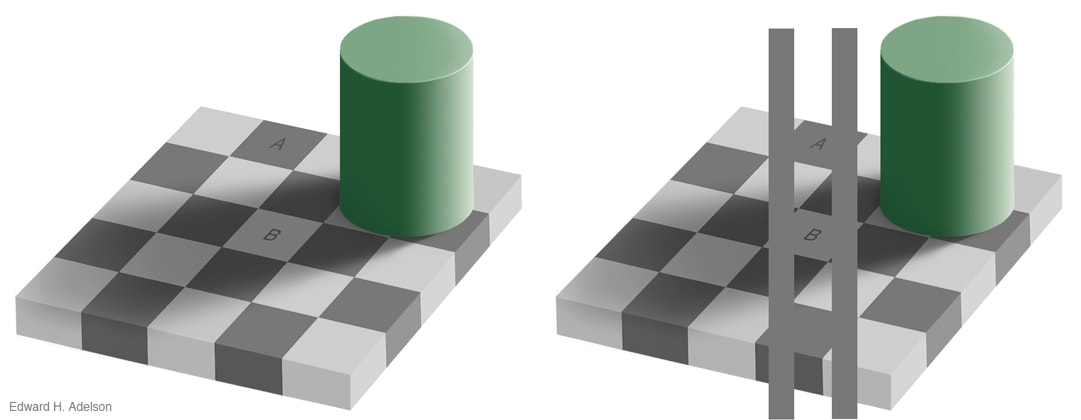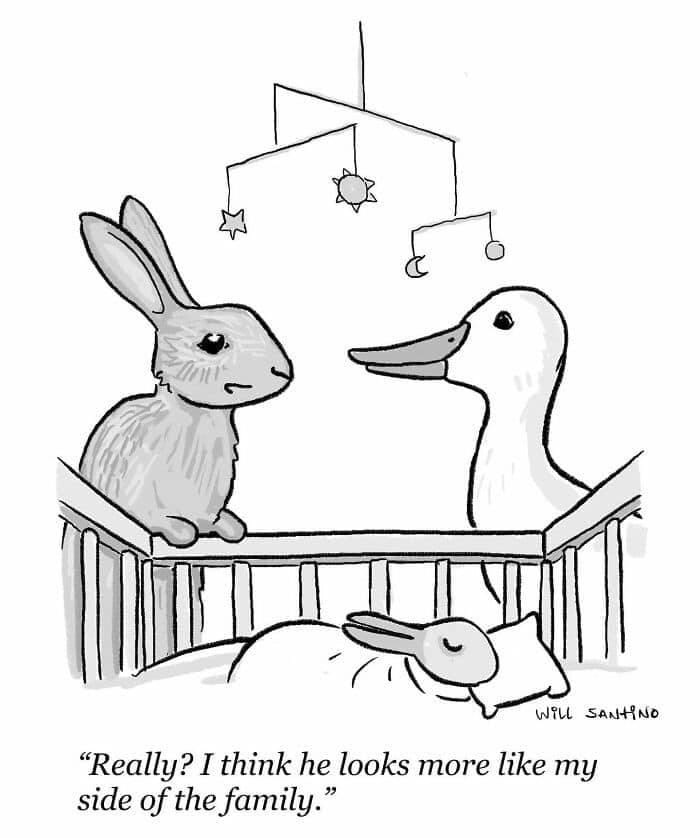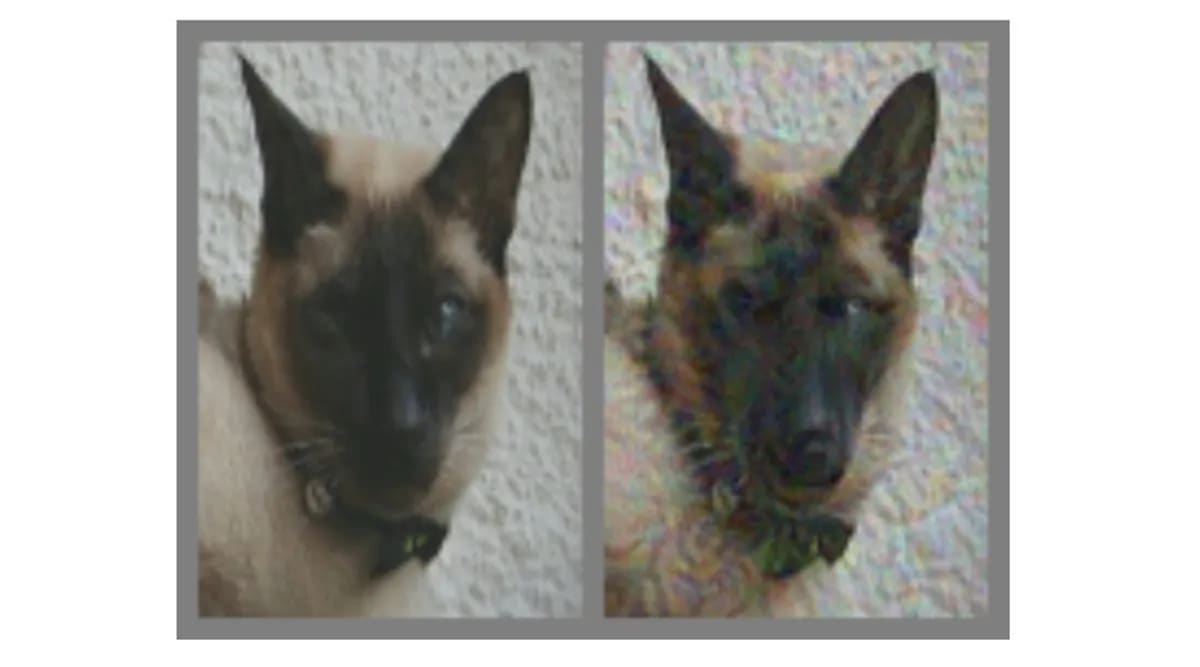Cyborgs are so last year. Become a technopath today!
Posts
Wiki Contributions
That's why rather than clicking on any of the actual options I edited the URL to submit for choice=E, but as per the follow-up message it seems to have defaulted to the "resisting social pressure" option. Which... I guess I was doing by trying to choose an option that wasn't present.
The problem with trait selection is always in the second-order effects - for example, kind people are easy to exploit by the less kind, and happy people are not as driven to change things through their dissatisfaction. A population of kind and happy people are not going to tend towards climbing any social ladder, and will rapidly be ousted by less kind and less happy people. The blind idiot god doesn't just control genetic change, but societal change, and we're even worse at controlling or predicting the latter.
Given how fast human progress is going, it won’t be long before we have more efficient moth traps that can respond to adaptation, or before we find a reliable “one fell swoop” solution (like gene drives for mosquitoes, chemotherapy for cancer, or mass vaccination for smallpox).
We do, in fact, already have several foolproof methods of moth elimination, involving setting the ambient temperature to several hundred degrees, entirely evacuating the air from the space, or a small thermonuclear warhead. The reason that we don't use these methods, of course, is that there are things we're trying to optimise for that aren't merely Moth Death, such as "continuing to have a house afterwards". This is probably also an analogy for something.
Typically, a painting isn’t even the same color as a real thing
Then you can start getting into the weeds about "colour as qualia" or "colour as RGB spectral activation" or "colour as exact spectral recreation". But spectral activation in the eyes is also not consistent across a population - which we pathologise if their cones are "too close" as colourblindness, but in practice is slightly different for everyone anyway.
And that's not even getting into this mess...
Ah, I think I follow - eliminating contextual data as much as possible can dispel the illusion - e.g. in the below image, if the context around squares A and B were removed, and all you had were those two squares on a plain background, the colour misattribution shouldn't happen. I guess then I'd say the efficacy of the illusion is dependent on how strongly the generalisation has proved true and useful in the environment, and therefore been reinforced. Most people have seen shadows before, so the one below should be pretty general; the arrow illusion is culturally variable as seen here, precisely because if your lifelong visual environment had few straight lines in it you're not likely to make generalisations about them. So, in the ML case, we'd need to... somehow eliminate the ability of the model to deduce context whatsoever, whereupon it's probably not useful. There's a definite sense where if the image below were of the real world, if you simply moved the cylinder, the colours of A and B would obviously be different. And so when an AI is asked "are squares A and B the same colour", the question it needs to answer implicitly is if you're asking them to world-model as an image (giving a yes) or world-model as a projection of a 3D space (giving a no). Ideally such a model would ask you to clarify which question you're asking. I think maybe the ambiguity is in the language around "what we want", and in many cases we can't define that explicitly (which is usually why we are training by example rather than using explicit classification rules in the first place).
There's also Pepper's ghost, where there's a sense in which the "world model altered to allow for the presence of a transparent ethereal entity" is, given the stimulus, probably the best guess that could be made without further information or interrogation. It's a reasonable conclusion, even if it's wrong - and it's those kinds of "reasonable but factually incorrect" errors which is really us-as-human changing the questions we're asking. It's like if we showed a single pixel to an AI, and asked it to classify it as a cat or a dog - it might eventually do slightly better than chance, but an identical stimulus could be given which could have come from either. And so that confusion I think is just around "have we given enough information to eliminate the ambiguity". (This is arguably a similar problem problem to the one discussed here, come to think of it.)
- For humans, adversarial examples of visual stimulus that only perturb a small number of features can exist, but are for the most part not generalisable across all human brains - most optical illusions that seem very general still only work on a subset of the population. I see this as similar to how hyperspecific adversarial images (e.g. single-pixel attacks) are usually only adversarial to an individual ML model and others will still classify it correctly, but images which even humans might be confused about are likely to cause misclassification across a wider set of models. Unlike ML models, we can also move around an image and expose it to arbitrary transformations; to my knowledge most adversarial pictures are brittle to most transforms and need to retain specific features to still work.
- Adversarial inputs are for the most part model-specific. Also, most illusions we are aware of are easy to catch. Another thought on this - examples like this demonstrate to me that there's some point at which these "adversarial examples" are just a genuine merging of features between two categories. It's just a question of if the perturbation is mutually perceptible to both the model AND the humans looking at the same stimulus.
- For the most part, the categories we're using to describe the world aren't "real" - the image below is not of a pipe; it is an image of a painting of a pipe, but it is not a pipe itself. The fuzziness of translating between images and categories, in language or otherwise, is a fuzziness around our definition. We can only classify it in a qualitative sense - ML models just try their best to match that vague intuition we-as-humans have. That there is an ever-retreating boundary of edge cases to our classifications isn't a surprise, nor something I'm especially concerned about. (I suspect there's something you're pointing at with this question which I'm not quite following - if you can rephrase/expand I'd be happy to discuss further.)
yes - a perfect in-situ example of babble's sibling, prune
Sure - let's say this is more like a poorly-labelled bottle of detergent that the model is ingesting under the impression that it's cordial. A Tide Pod Challenge of unintended behaviours. Was just calling it "poisoning" as shorthand since the end result is the same, it's kind of an accidental poisoning.





From an evolutionary perspective, feelings of guilt/shame are triggered when your actions result in something you didn't want to happen; this can include harming others or just be breaking a taboo. Ruminating on the topic makes you consider the "what-if" options, come up with better solutions, and if you encounter the same problem again you've run simulations and are more prepared.
Insufficient guilt is the remorseless sociopath, who makes arrogant errors forever because they don't dwell on their shortcomings.
Excessive guilt is the paranoid loner, who avoids taking any action or interacting with anything because the most predictable path is stasis.
Moderate guilt is just enough guilt not to do it again.
oh and as a parting meme: catholic-style confessionals are an instantiation to directly apologise to God-As-Harmed-Entity-By-Sin and to promise it won't happen again to permit Shame Catharsis